Various forms of road deterioration from localized surface defects to serious
distresses are commonly water related. Granular materials contain some fines,
which are more or less sensitive to moisture, causing subsequent structural
movement. CON-AID assists in changing the physical characteristic of clay
particles to achieve better engineering characteristics. It is applicable to
strengthening pavement fatigue, in rehabilitating resilient road pavements and
upgrading local materials to acceptable standards.
In contrast to other stabilizing techniques, CON-AID is refined to an
accepted granular sequence, which is applicable to many local environments. No
special mechanical equipment is required for the work execution. Although the
design of the road is similar to the conventional way, CON-AID helps reduction
in pavement thickness and improves in-situ (local) material to use as part of
the pavement structure. CON-AID soil stabilizer assists workability and
accelerates compaction with less effort.
From the special tests conducted, there is no doubt that CON-AID works
through reduction of surface tension and capillary rise, therefore there is a
need to modify the conventional way of testing the soil to demonstrate the
effectiveness of this stabilizer.
Apart from standard physical property tests, such Atterberg limits,
gradation curve etc., the governing test for design has to be CBR test. To
measure the increase in CBR value due to CON-AID treatment, it is necessary to
conduct the CBR test at the expected equilibrium water content, that is, the
sample should be tested at approximately 50% of the optimum water content since
the special tests have clearly indicated the magnitude of reduction in the water
content.
Although different soil compositions may give variation in reduction
factor, pressure plate tests could be conducted to measure this value before
applying the factor to the tested soils. In the guidelines prepared by the
Transport Research Laboratory (TRL), there are some recommendations on designing
pavement based on expected capillary level in the pavement structure; in other
words, laboratory tests should be performed according to the actual field
condition with respect to the reduction in water content after treatment. It is
concluded that conventional way of determining the CBR values under soaked
condition will not be an appropriate testing method for this type of soil
stabilizer because the stabilizer is recommended to be applied to soil above
groundwater table only.
CON-AID is applicable in the following areas:
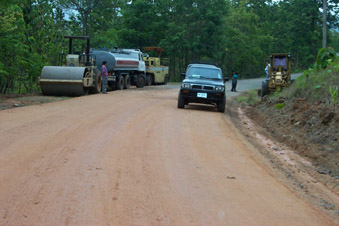 |
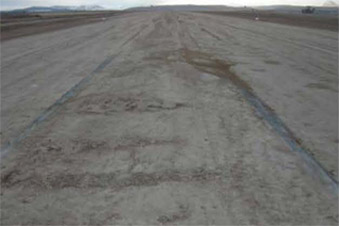 |
| Economical Roads |
Airstrips |
| |
|
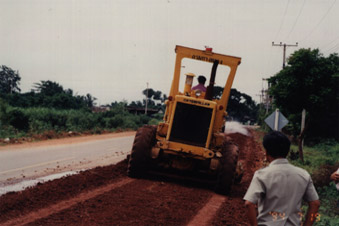 |
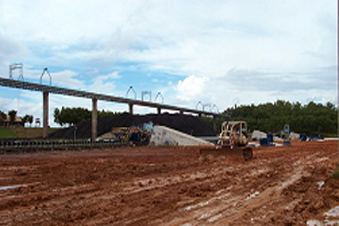 |
| Road Shoulders |
Storage Areas |
| |
|
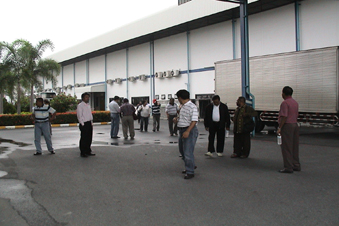 |
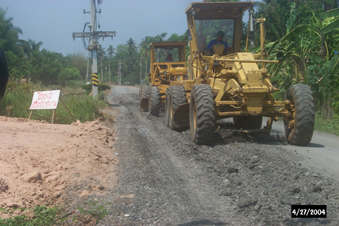 |
| Parking Areas |
Rehabilitation of Roads |
|